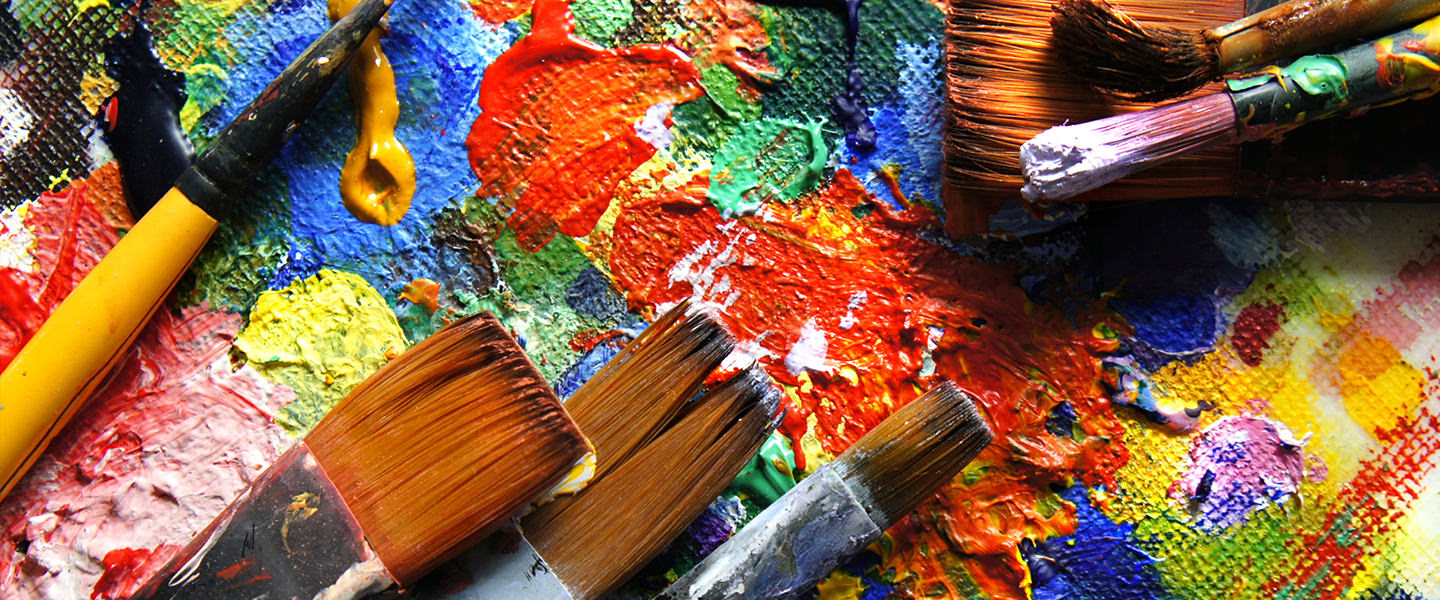Art has long been regarded as a universal language, transcending the limitations imposed by geographical, cultural, and temporal boundaries. The Bahá’í teachings elucidate the profound interconnection between art and the spiritual development of humanity. This exploration provides a fertile ground for examining the multifaceted nature of artistic expression, its significance in a Bahá’í context, and the intrinsic relationship between artistry and divine inspiration.
At the core of Bahá’í philosophy lies the belief that art serves as a reflection of the divine attributes of God. It is posited that the creator of the universe has endowed humanity with an innate capacity for creativity, making art an essential medium through which individuals can express their spiritual aspirations. Such expressions are not limited to the confines of traditional visual arts; they encompass music, literature, and performative arts as well. Each form of artistic endeavor can be perceived as a manifestation of the human spirit and its yearning for connection with the divine.
One engaging observation is the enduring fascination that art holds for individuals across cultures and eras. This intrigue points to deeper existential questions about the nature of beauty, truth, and human experience. Artistic expressions resonate because they capture the ineffable essence of life, acting as a bridge between the material and the spiritual realms. Within the Bahá’í framework, such expressions are deemed sacred, serving not merely as artifacts but as instruments of enlightenment and spiritual elevation.
The activity of creating art is an act of worship, where the artist invokes the qualities of the divine. The Bahá’í writings encourage the pursuit of artistic endeavors as a means of developing virtue and character. Through the lens of creativity, individuals can cultivate qualities such as patience, dedication, and resilience. This holistic approach emphasizes that the act of creation is intertwined with moral and spiritual growth, leading to an enriched understanding of humanity’s place in the cosmos.
Moreover, Bahá’í teachings elucidate the imperative of unity in diversity, which is vividly manifested within the realm of art. Different artistic styles and cultural expressions reflect the varied experiences of humanity. However, despite their differences, these artistic expressions reveal a commonality in human emotion and aspiration. As such, the Bahá’í perspective encourages a comprehensive appreciation of diverse forms of artistic expression, understanding them as collective channels through which humanity articulates its spiritual narrative. This acknowledgment serves to dismantle prejudices and foster mutual respect amongst various cultures, illustrating that art is a fundamentally unifying force.
The Bahá’í Faith also emphasizes the importance of selflessness in the creation of art. Artists are urged to channel their talents for the betterment of society, employing their gifts as a means to uplift others. In this regard, art becomes a vehicle for social change, encouraging individuals to confront pressing issues such as injustice, inequality, and suffering. The incorporation of social themes within artistic works not only evokes empathy but also fosters a sense of communal responsibility, urging individuals to engage collaboratively in the betterment of humanity.
Consider the expression of artistic movements that have emerged in response to socio-political upheavals throughout history. They serve as poignant reminders of art’s capacity to catalyze awareness and inspire action. The Bahá’í teachings advocate for the power of art to provoke thought and reflection, urging society to grapple with its challenges while inspiring a collective vision for a more just and compassionate world.
Furthermore, the intersection of science and art is an area that Bahá’í writings explore extensively. Both domains, while ostensibly distinct, are recognized as complementary facets of human endeavor. The Bahá’í approach highlights that artistic creativity is not merely an aesthetic pursuit; it can be informed by scientific principles and methodologies. This philosophy nurtures an environment where creativity flourishes, underscoring the belief that the synthesis of art and science leads to holistic understanding and intellectual enrichment. In this light, art becomes an avenue for examining the laws of nature, revealing the underlying patterns and arrangements that govern existence.
The pedagogical implications of integrating art within educational frameworks cannot be overstated. The Bahá’í teachings advocate for the inclusion of artistic principles in curricula, emphasizing creativity as a foundational element of human development. When education nurtures a balance between intellect and intuition, students are empowered to explore their unique talents and perspectives, fostering a generation of individuals capable of contributing to both the arts and sciences in meaningful ways. Such an approach cultivates not only competent scholars but also compassionate leaders who recognize the significance of both rational thought and creative expression.
The evolution of art within the context of Bahá’í spirituality invites continual reflection upon the transformative potential of creative expression. It is imperative for individuals to cultivate a consciousness that appreciates the spiritual dimensions of art. By recognizing the interconnectedness of life experiences, emotions, and the pursuit of truth, individuals can engage with art more profoundly, using it as a medium through which they can experience both personal growth and collective enlightenment.
In conclusion, the Bahá’í teachings on art reveal its profound capacity to serve as humanity’s language of the spirit. It acts as a conduit for expressing the inexpressible, cultivating virtues within the individual, and unifying diverse cultures. The importance of fostering creativity and artistic expression resonates deeply within the Bahá’í ethos, highlighting art not simply as an aesthetic pursuit but as a vital component of spiritual and moral development. By embracing the transformative power of art, humanity can aspire to forge connections that transcend barriers, paving the way towards a more harmonious and spiritually enriched existence.
